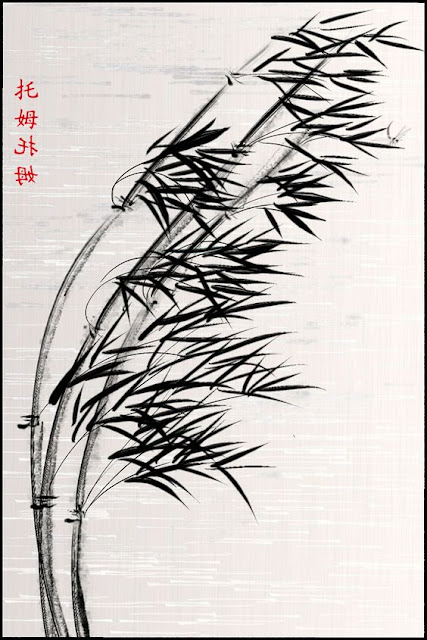While thinking about a catchy phrase to introduce this post, I pondered the most common cliché: "practice makes perfect." As a musician and a practitioner of Qigong, I've got to say, nope, I'm not buying it. I've spent my life practicing. Have I achieved perfection? Nope.
"How do you get to Carnegie Hall?"
My most recent Qigong obsession has taught me the meaning of the word practice.
When I am leading a Qigong practice, I introduce myself not as a teacher, but a fellow practitioner. "I'm here to practice with you." Like I say over there in my bio, the learning never stops.
I don't assume the role of an expert, or someone who has achieved perfection.
Assuming that role of expert I will:
1. Create unreasonable expectations.
2. Inhibit my own experience.
3. Stunt my growth.
4. Make it about the role and not the experience.
5.
6.
As a practitioner I'm going to forget something, make a mistake and correct it, or, I might just let the mistake be MY secret and learn from it. But, I'll also gain some new insights about the forms we're practicing, and I'll grow.
We practice together. We laugh at our slip-ups, or our uncoordinated moments, or we laugh at the notion that next time it will be perfect. We keep going, enjoying the experience. We go with the flow.
We might even have what I refer to as our:
AH HA! moments.
Let's look at a practice called "Teacups." I've practiced teacups with groups of high school students to introduce mindfulness and focus. The first practice that I led "In a Park" included this right brain/left brain, mindfulness exercise. It is tricky. And, it's fun.
Shifu Orlando Schiaffino introduces and demonstrates "Teacup Qigong:"
In a couple of days I will be practicing "Teacups" with friends as an expression of spiraling and reaching upwards. The movements of Spring. Just like a seed, when nurtured by water and sun, spirals upwards out of the earth and up, up, up.
What am I doing here? I'm hoping to spark some interest and dispel fear. I'm hoping to motivate and inspire not just a group of friends, but also myself! Let's do this!
Learning about learning:
When I was going through a Qigong teacher training with Nick Loffree, I diligently attended every Zoom practice and lecture. I practiced along with videos. I heard other students give feedback. But then when it was time to prepare for my private lessons with Nick, where he would be evaluating my skills, I realized I hadn't integrated these practices.
So, I went back and studied. I watched his videos. I took copious notes. I broke down each form so that I could gain some inspiration. I practiced without his videos and his Zoom classes. I used my notes. I put the notes aside. But, still, I had just memorized his techniques, his moves. They weren't mine, yet.
It wasn't until I started practicing with others that the forms began to resonate.
They were becoming my forms that I could share with others. I found I was having "AH HA" moments.
To achieve this state of revelation, you can't be looking for the "AH HA" moment. It has to come to you organically. Great boss, how do we do that?
Believe me, after decades of teaching music I have learned that the first step is inspiration. What piece of music will resonate with them? How can I get them excited about learning something that they simply need to learn? Once I have ignited a spark of interest, we learn. We learn by:
- Becoming inspired
- Imitating
- Evaluating
- Correcting
- Slowing down
- Breaking apart
- Studying
- Imitating someone else
- Changing our perspective
- Looking at things differently
- Studying some more
- Patting ourselves on the back
- Correcting some details we hadn't noticed before
- Succeeding
- Practicing our successes
- Making it our own!
- Repeat
The other day I was practicing a Qigong/Neigong form ("Neigong," that's for another time) called "From Sprouting to Blooming." The name itself conjures images of Spring, and growth. Nice.
Being a seemingly simple Qigong form, I went through the movements, focused my breathing, all the stuff. And then thought, "I'm going to try it with my Taiji Ruler," a beautiful piece of wood held between the hands. I wrote a post about the TAIJI RULER. Check it out. Having the Ruler between my palms changed my perspective, gave me a slightly different focus.
Boom, the form changed. I had my "AH HA" moment! And by saying it changed, it improved. It took on an entirely new meaning!
So, now I have a new inspiration. I want to practice this seemingly simple movement some more. Luxuriate in the "AH HA!"
Many moons ago I was studying for my Master's Degree. Me being me, I was working with an advisor to create my own Independent Studies Degree in Special Education Arts. I studied theories of learning, brain hemispheres, and multiple intelligences, and creativity.
That was my favorite class.
I came up with my own definition of creativity.
Information/perspective/inspiration/practices/colors/sounds/words/feelings/textures/movements are borrowed from various sources. We then come up with something new, something that is ours. We practice playing with these colors/sounds/words/feelings/you-get-the-picture with patience.
We might then have an "AH HA" moment. We create.
So go out there and practice. Or, come practice with us!
Be well, be happy, play, practice, and create.
Brian











